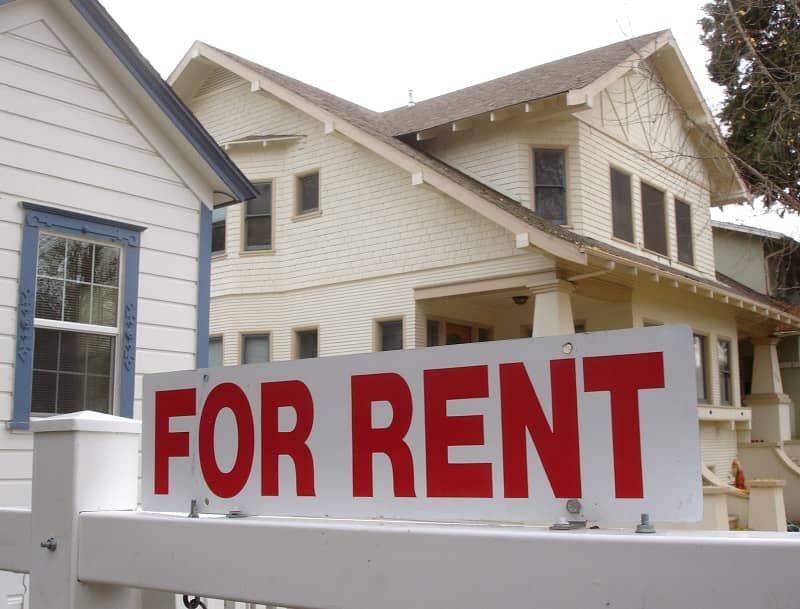By adopting a near-zero assumed rate of return, PERS can become solvent in the next decade
By Eric Fruits, Ph.D.
This year, Oregon’s PERS crisis turns 21 years old. What began in 2000 as a nearly fully funded public employee retirement system is now running a $25 billion (or more) deficit.
After two decades of fitful bouts of reforms, the legislature and the governor seem to have given up on any attempts to turn around PERS. Republican bills get crushed under the GOP’s superminority status. Democratic legislators seeking to fix the system run a real risk of losing their seats in a primary. No one wants to burn valuable political capital on a measure that will be tossed by the courts.
To pay down its deficit, PERS effectively taxes state and local government payrolls. Currently, the average rate across all state and local governments is about 18% of payroll. For example, if a city employee earned a $60,000 salary, the city would have to pay $10,800 into PERS for that employee. But, many local governments pay much more. Portland, Gresham, Beaverton, and Hillsboro pay about 23% of payroll into PERS.
One factor contributing to the crisis is an unrealistic assumption of how much PERS investments earn over time. Put simply, the PERS Board has a history of being overly optimistic about how much money the PERS fund will earn. The actual earnings have underperformed the Board’s assumed rate of return over the past 10 years.
Because of the way the system works, if actual earnings don’t meet or exceed the Board’s benchmark, the PERS hole gets bigger. Even if the investments are making money, if they don’t make enough money, the problem gets worse. Every time the stock market crashes, PERS becomes an even bigger crisis. Over the next month or so, the PERS Board will decide whether to lower its assumed rate of return. There will be numerous meetings with presentations, models, and discussions. Tune into one of the meetings and you’ll get the impression that this is all a very serious discussion. It’s not.
The assumed rate of return is just that: an assumption. And, it’s often wrong. Over the past 20 years of PERS fund earnings, actual earnings were about 1.3 percentage points lower than the assumed rate. Over that same period, the PERS unfunded liability has exploded to at least $25 billion. These mistakes add up over time.
Because the legislature won’t act, the PERS Board can—and must—take the lead. It must end the fiction that the PERS fund can generate enormous earnings year over year. It hasn’t done so in the past and it won’t do so in the future.
The PERS Board will consider options to lower their earnings expectations from 7.2% a year to as low as 6.8% a year. That’s not enough. The PERS Board must go lower. Much lower. As close to zero as possible, like the rate on a 30-year Treasury, or about 2.3%. There are both short-term and long-term implications.
In the short term, the payroll rates paid by state and local governments will increase, perhaps substantially. But, PERS has “collaring” rules that strictly limit how much rates can increase over each rate setting period.
Over the long term, with a near-zero assumed rate, the PERS fund returns will almost always beat the assumed rate. Each year of above-assumed earnings will whittle down the unfunded liability and reduce employer rates over time. My back-of-the-envelope estimates suggest the unfunded liability can be eliminated in 5-10 years. Our governments can get back to delivering services rather than raising taxes. In contrast, under the current system, the unfunded liability will never disappear.
At a minimum, the PERS Board must direct its actuaries to run the numbers. PERS is too big and complicated for back-of-the-envelope calculations. The PERS actuaries have the numbers and the models to give the Board both short- and long-run estimates of the consequences of a near-zero assumed rate. But, without the analysis, the Board will be left guessing and make the same mistakes the last two decades of PERS Boards have made.
Desperate times call for necessary measures. These are desperate times for PERS, and the Board must at least consider a near-zero assumed rate of return.
Eric Fruits is Vice President of Research at Cascade Policy Institute, Oregon’s free market public policy research organization. Dr. Fruits has been studying state pension funds for nearly two decades. He has developed models of Oregon PERS and testified before the Oregon Supreme Court on legislated PERS reforms. A version of this article originally appeared in The Portland Tribune on June 18, 2021.













Mike Nearman
The actual PERS unfunded liability is more like $50 billion. The $25ish billion figure is the current unfunded liability and if we shut down government today, that is the number. Since that’s not projected to happen, the back-of-the-envelope calculations need to use this figure.
Dr. Fruits doesn’t talk about what local government looks like after going to an assumed zero rate of return and eliminating the rate collaring that municipalities use to avoid paying the whole tab as it comes due. While I think that most cities and counties could live on a leaner budget, the zero rate of return means that municipalities owe much more on a bill that they’ve not been paying in full.
Here’s two solutions, that could come in the form of legislation or initiative:
1. For all new hires, every dime of retirement needs to be funded during the year that it is earned. That encourages governments to create less ambitious retirement plans, like 401(k) type plans, with a modest match, just like the private sector.
2. At any time that the PERS unfunded liability exceeds, say, $1 billion, the only possible legal definition of economic development is payments into the PERS fund.
There’s a lot of good thought on this, from Fruits, to Allen Alley. We need to put these ideas in the hands of our 2022 Gubernatorial candidate.
David Gratke
Dr. Fruits,
Great insights on many levels.
As you state, the unfunded liability of $25 billion is, of course, using an ‘Assumed Rate of Return’ and is well under actual investment return experienced by most pension plans.
Although you don’t state this in your article, one commenter did; the actual unfunded liability is estimated to be much higher. I’ve read other work suggesting the true unfunded liability is closer to $50 billion, as one commenter stated.
But also note, over the next decade, a passively managed stock index such as the S&P 500 stock index is forecasted to generate both nominal and real negative rates of returns. This forecast is based upon today’s over-valued stock market valuations.
For example, well-respected GMO Asset Management from Boston, MA just updated (6.21.21) their ongoing ‘GMO 7-Year Asset Class Forcast: May 2021’ with U.S. Large Stocks ‘earning’ a minus -7.8% annually over the next seven years.
And, as you point out, the U.S. 30-Year U.S. Treasury bond earns a low 2.3% yield right now, with interest rates being at multi-century lows.
Your ‘near-zero assumed rate’ is the most refreshing thing I have read on this topic in a great while. The data supports your view. But, of course, no politician will recommend this action.
It will be difficult, at best, for any U.S. Pension to earn anything close to their actual historical rate of return in the future, let alone trying to reach their assumed rate of return.
This URL, https://us.pensiontracker.org/ is a handy guide for individuals considering which state to retire in, looking to lower their property tax burden due to uncheck PERS contribution requirements, as your article illustrated. What happens to middle-class America when PERS contributions swell to over 50% of local municipality annual budgets? More populism, I would venture, perhaps more Uhauls to other states?
Regards,
David C. Gratke
Gratke Wealth, LLC
Portland, OR USA
Linda Middlekauff
Thank you, Dr. Fruits, for this level headed summary of what needs to be done about this unbelievable deficit and the consequential burden it places on all tax payers and municipalities. Letting things continue as they are would be irresponsible. It’s unfortunate that this is a political issue rather than a straight forward actuary issue.
It’s important that more voters understand this issue, so to that end, I’d ask that all who read your article share it in some way.
Thank you,
Linda Middlekauff
Roseburg, OR